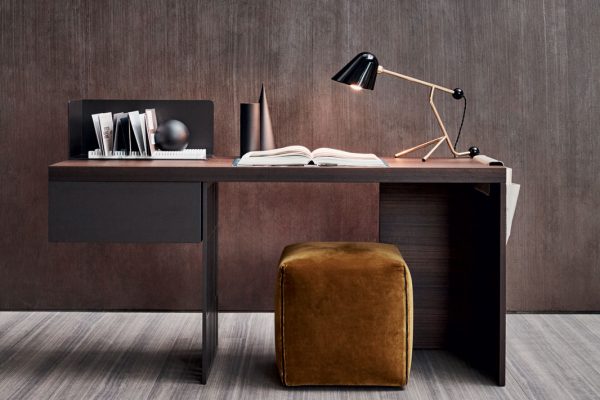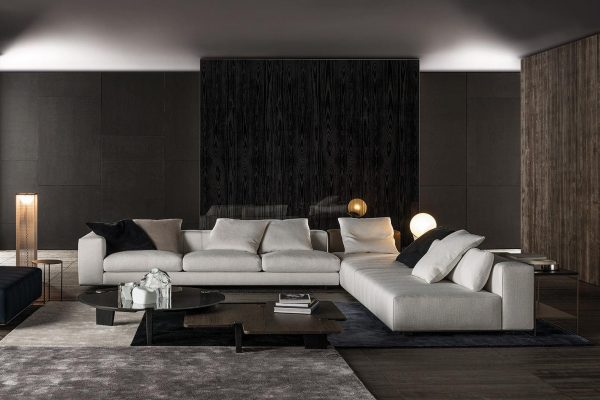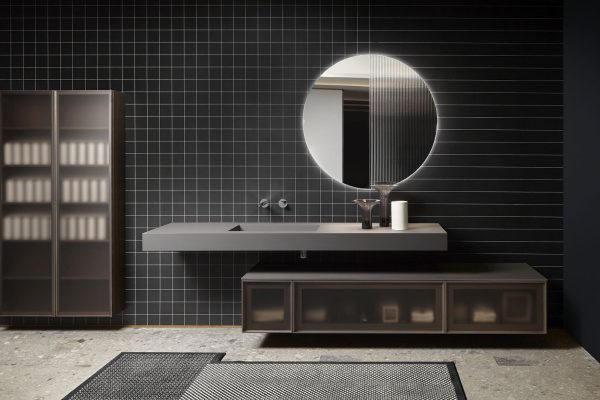Openness is a key word in the vocabulary of
Cassina
, founded back in 1927 in Meda, in the middle of Brianza, as a workshop dedicated mainly to woodworking and the production of small tables, but over the years it has become a brand with an international reputation, known not only for the quality of its products, but also for its continuous experimentation and partnerships with architects of the highest prestige.
From a company that has always been accustomed to putting itself on the line and renewing itself, it was only to be expected that the philosophy based on quality and authenticity would also be revived in the outdoor environment, with a series of collections designed to make unique the outdoor spaces of the home, considered in contemporary living as a kind of extension of the living room.
In this context, nature can only serve as a reference and source of inspiration, with architecture aimed at designing spaces that allow people to reconnect with the environment, even going so far as to involve the senses.
LC3
It was as late as 1964 when Cassina decided to take a turn by inaugurating the collection “The Great Masters,” which also included the LC Collection designed by architect Le Corbusier, a series of products that have since remained carved in the history of design.
Prominent among them is the iconic LC3 Fauteuil Grand Confort armchair, grand modèle, which has been produced by Cassina since 1965. Available as a two- or three-seater sofa, as well as an armchair with one or two arms, this model has become iconic and, after revolutionizing the habits of the time, has been able to endure over the years while also conquering the contemporary home environment.
Its strength lies particularly in the contrast between the metal frame and the soft cushions, which are completely independent of them, as if reflecting the perfect union of comfort and functionality.
LE CORBUSIER
The relationship between Cassina and Le Corbusier
, which officially began in the mid-1960s and was later destined to enjoy enormous success internationally, actually has its roots much earlier, almost at the turn of the century.
In fact, the seed that would lead to the birth of the famous LC Collection was sown in the 1920s, when Le Corbusier drew several sketches containing the various positions of the human body on which to base the creation of a seat.
Then, thanks to a meeting with Charlotte Perriand, the architect’s partner, and Pierre Jeanneret, the program was translated beginning in 1930 into a series of furniture, produced by the Thonet company, that included armchairs, swivel chairs, and stools.
Years later, Swiss gallerist Heidi Weber wanted to reproduce some of the models from the series launched by Thonet and known as “Le Corbusier, P. Jeanneret, Ch. Perriand,” and chose Cassina itself to start production.
So it was that in October 1964, the Meda-based company, which had been established for less than 40 years, acquired the rights to reissue and sell the Chaise longue basculante, Fauteuil à dossier basculant and Fauteuil grand confort, grand et petit modèle models designed in the 1920s.
Then, at the turn of the 1960s and 1970s, Cassina acquired the right to produce and sell these pieces first in Europe and then in America and the rest of the world, even expanding the range of models that were part of the LC collection, which was destined to win over international audiences.
BOWY OUTDOOR
Collaboration with some of the most prestigious names in world design is one of the aspects that has characterized Cassina’s growth and its opening to the international market.
Also part of this context is the partnership with Patricia Urquiola, who, inspired by the indoor sofa designed in 2018, later came up with the Bowy Outdoor collection, consisting of small tables that can be stacked or intersecting, playing with the same beveled shapes that already characterized the sofa.
While the aluminum sheet metal frame, available in multiple embossed finishes, unites all pieces in the collection, the recycled fiberglass top can be chosen in two different colors, namely white and gray or white and red.



